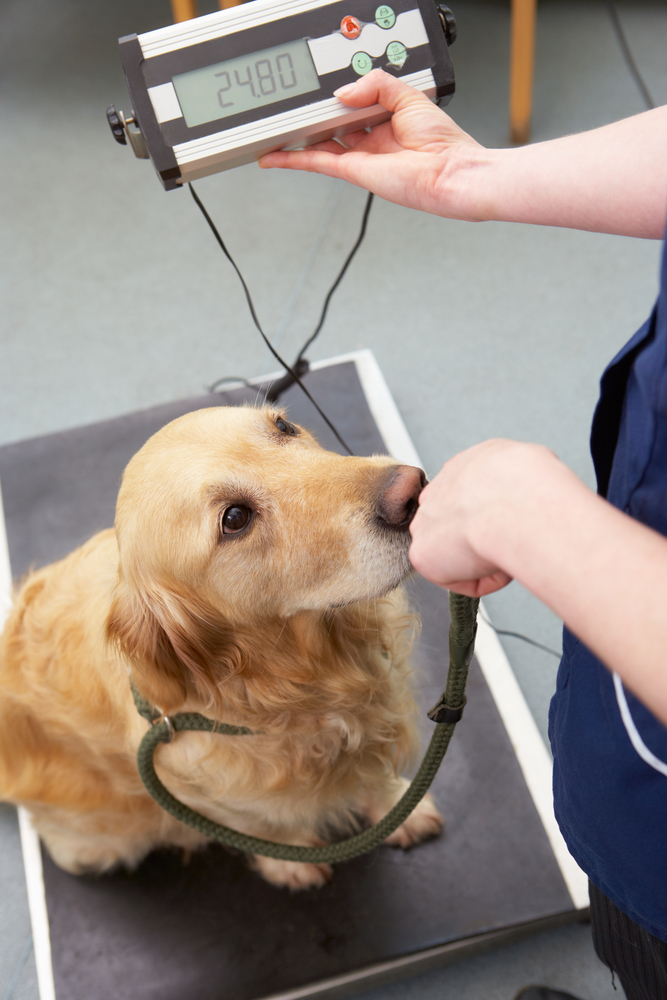The science behind the formulas
Predictive equations for calculating energy
Given the many variables affecting the energy requirements of an individual pet, no single formula will allow us to calculate the energy requirements for all dogs or cats. However, the equations provided in nutritional guidelines can predict a theoretical average for a specific group of animals.
Predictive equations for calculating energy
Digestible energy and metabolisable energy (ME) are used to express the energy density of a food. The ME of a pet food is more difficult to determine, but better reflects the energy that is utilised by the animal.
ME is most accurately measured by performing digestibility trials. However, animal studies are labour-intensive, so predictive equations are used extensively for calculating ME concentrations of dog and cat foods. Several of these predictive equations have been developed over the years, and their accuracy and precision have been compared to those of equations developed from animal feeding studies.
Within the pet food industry, the most commonly used predictive equations for prepared pet foods are the modified Atwater equation and the equations cited by the National Research Council (NRC 2006) also known as the four step method. These form the basis of our calculators.
European standards for predictive equations
The European Standard for the equations of energy density (ME) in cat and dog food was published by the European Committee for Standardisation (CEN) in July 2017. The project was led by the FEDIAF Nutrition & Analytical Science Group in collaboration with the Technical Committee CEN/TC 327 “Animal feeding stuffs – Methods of sampling and analysis”.
This national standard mandates the equations for the calculation (and subsequently declaration) of ME in pet food for pet food manufacturers and control authorities. The Standard had to be adopted by all EU member states and several other European countries as their national standard, and conflicting national standards had to be withdrawn by January 2018.


